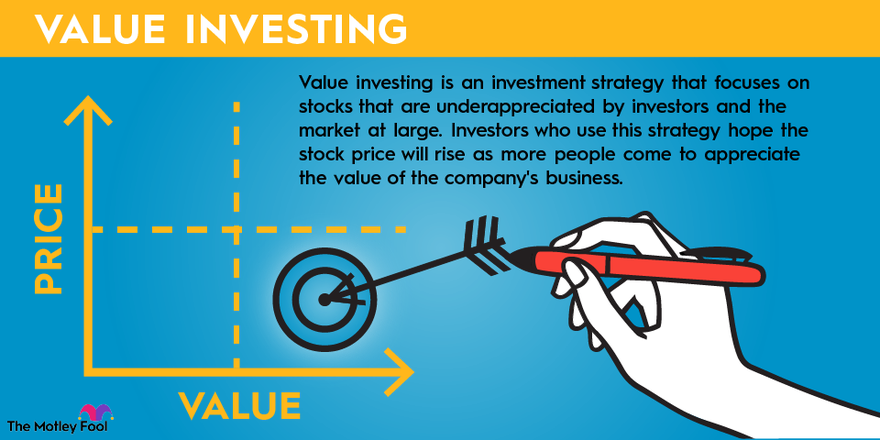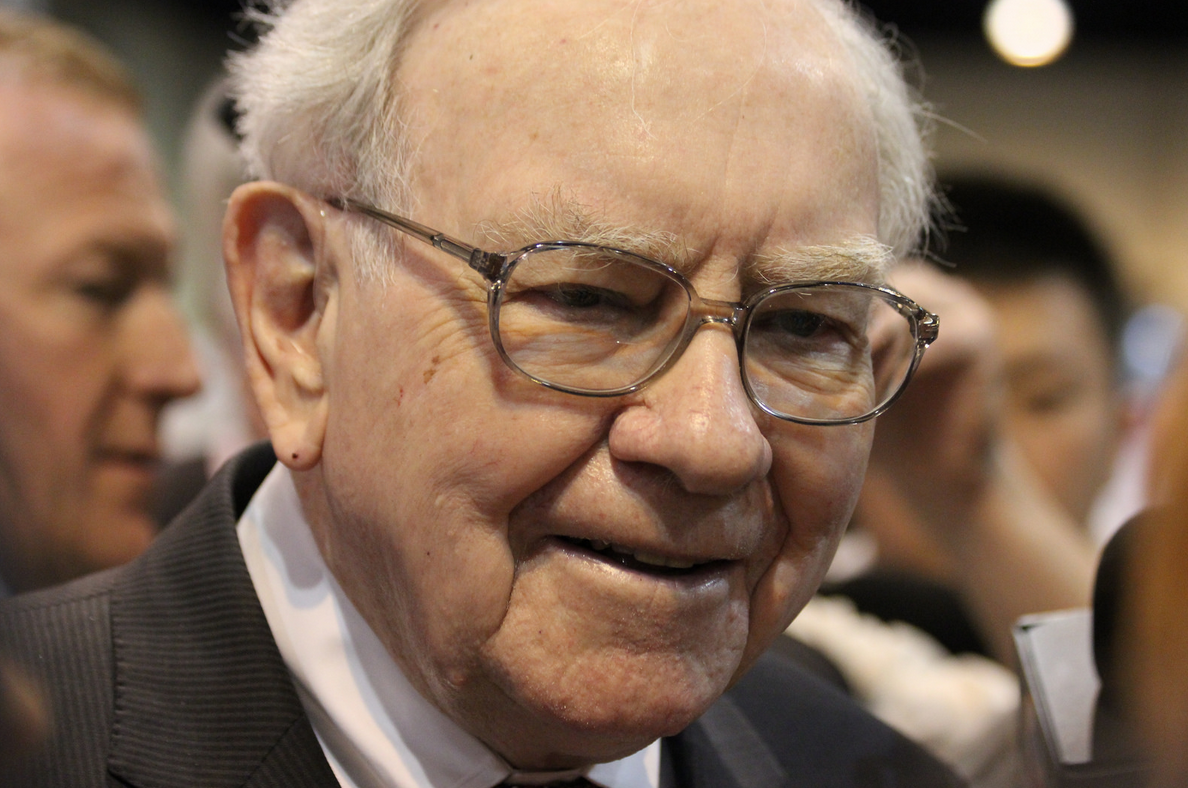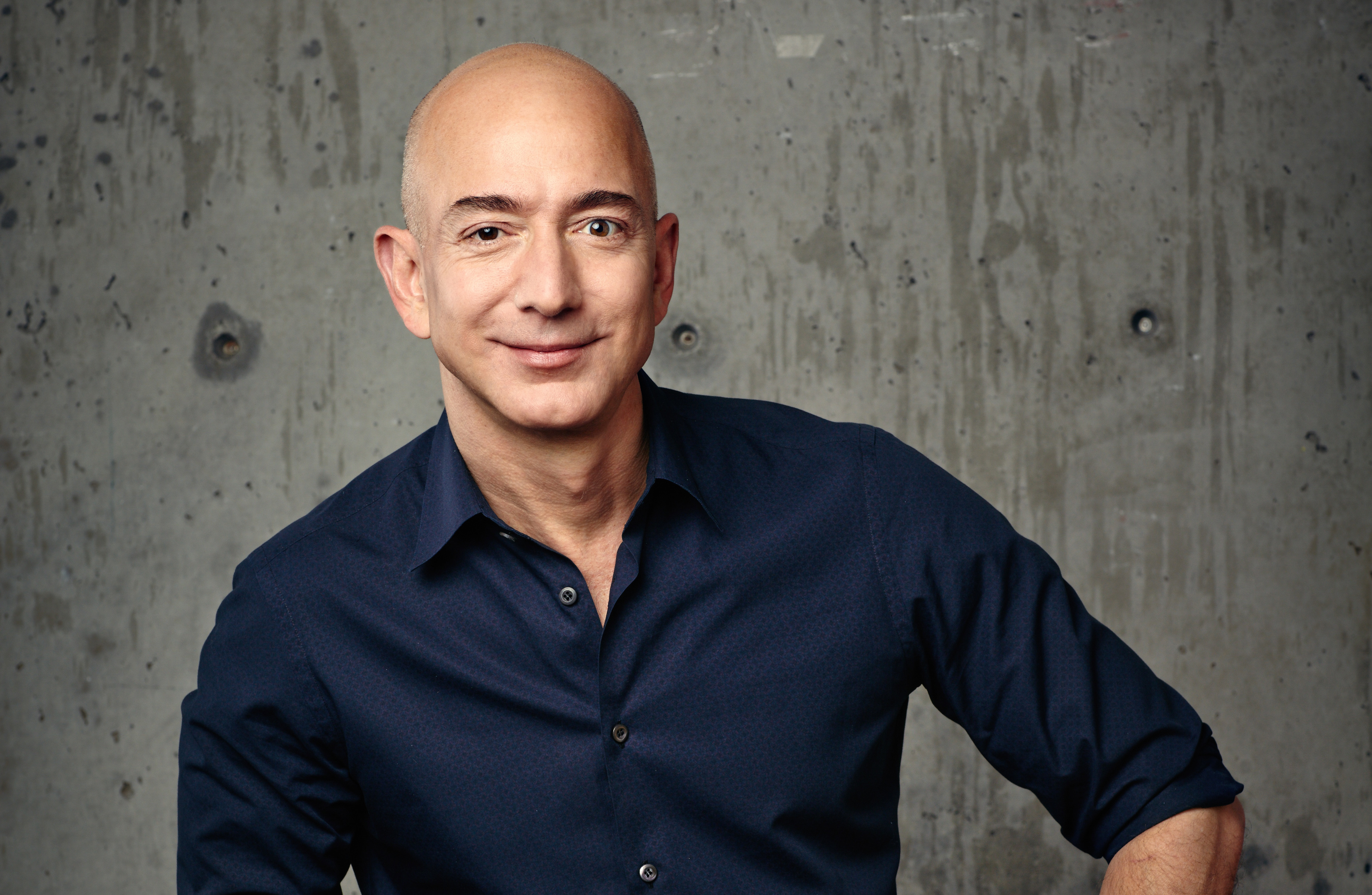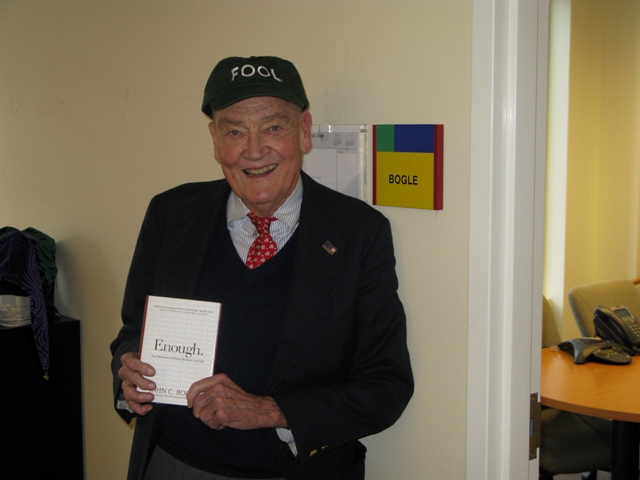John Templeton was the founder of the Templeton Growth Fund. He gained international acclaim for his philosophy of investing at "points of maximum pessimism" and is remembered as one of the most famed value investors in history.
In this article, we'll delve into Templeton's investment philosophy, career highlights, and legacy. You'll also learn how you can use the legendary investor's approach to boost your odds of success.

Primary roles
Templeton is best known as the founder of the Templeton family of mutual funds -- most notably, the Templeton Growth Fund. When he retired, he sold the funds to the Franklin Resources Group and pursued his philanthropic efforts full-time.
Investment style
Templeton is noted for his contrarian investing style, finding deep value in times of extreme pessimism. Essentially, Templeton took the maxim "buy low, sell high" to the extreme, earning huge profits by investing in companies, industries, and even nations when they were at rock bottom.
For example, Templeton was one of the first investors to see value in Japanese companies post-World War II. He later sold high in the 1980s, when Japan's economy was soaring. Because Templeton sought bargains when others were fearful, his funds often underperformed during bull markets but delivered outsize returns during bear markets.
Templeton graduated from Yale University and was named a Rhodes Scholar to Balliol College at the University of Oxford, where he earned a law degree. He then launched a career on Wall Street in 1938.
As World War II broke out in 1939, Templeton borrowed money to buy 100 shares in 104 companies that were trading for less than $1 per share on the New York Stock Exchange (NYSE) -- including 34 that were in bankruptcy. Only four went completely bust, and Templeton's ability to pick undervalued stocks resulted in huge profits.
The time of maximum pessimism is the best time to buy, and the time of maximum optimism is the best time to sell.
The investments in Templeton's initial portfolio grew by around 400%, with an average holding period of four years. Templeton, a proponent of buy-and-hold investing, would later say that he wished he'd held on to those stocks longer.
In 1954, Templeton established the Templeton Growth Fund, the first in the Templeton family of mutual funds. At a time when most U.S. investors stuck to domestic stocks, the fund was rare in that it invested in global equities. The fund earned average annual returns of more than 14% in the decades that followed.
Templeton later sold Templeton Funds to the Franklin Resources Group in 1992, forming the Franklin Templeton Group, which is today one of the world's largest investment management firms. By that time, an initial $10,000 investment made in the Templeton Growth Fund back in 1954 would have been worth more than $2 million with dividends reinvested.
Philosophy and legacy
Templeton was famously frugal and philanthropic. He refused to fly first class and gave away more than $1 billion.
The famed investor established the Templeton Prize for Progress in Religion in 1972. Its first recipient was Mother Teresa. It's been awarded each year since then to someone whose "achievements harness the power of the sciences to explore the deepest questions of the universe and humankind's place and purpose within it." Today, the prize is worth $1.6 million.
After retiring in 1992, he devoted his efforts to philanthropy.
Templeton died in 2008, but his legacy lives on through the three charitable organizations he founded: the Templeton World Charity Foundation, the John Templeton Foundation, and the Templeton Religion Trust.
Related investing topics
Awards, honors and recognition
Templeton was knighted by Queen Elizabeth II in 1987 for his philanthropic endeavors.
In 1999, Money magazine described Templeton as "arguably the greatest global stock picker of the century." Templeton frequently appears on lists of the greatest investors of all time.

















